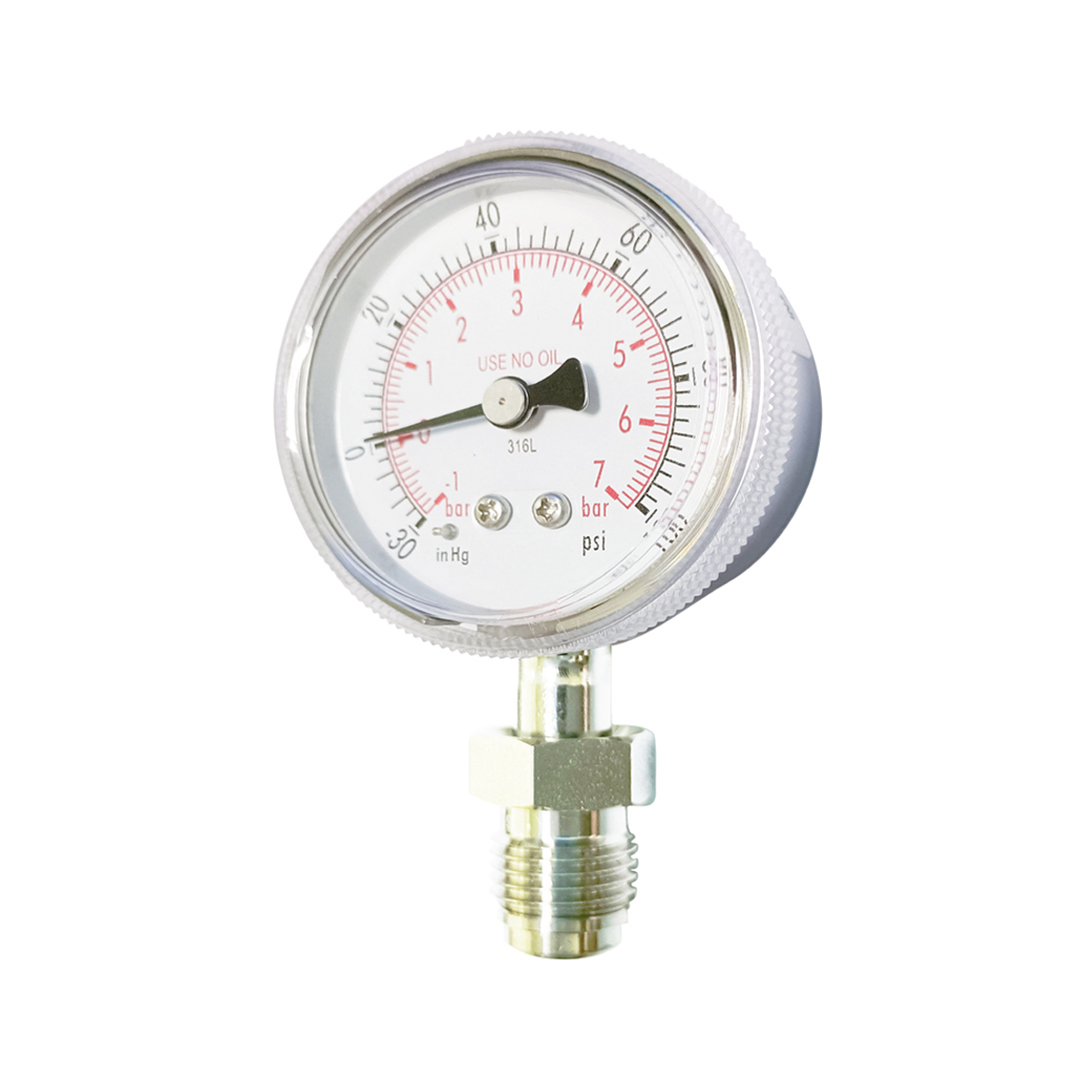
Nov . 19, 2024 06:58 Back to list
Diaphragm Seal Differential Pressure Gauge for Accurate Measurement Solutions
Understanding Differential Pressure Gauges with Diaphragm Seal Technology
In various industrial applications, accurate pressure measurement is crucial for maintaining operational safety and efficiency. One common tool used for this purpose is the differential pressure gauge. This instrument is designed to measure the pressure difference between two points in a system. When combined with diaphragm seal technology, differential pressure gauges become even more effective, especially in environments that are challenging or require specific measurement conditions.
What is a Differential Pressure Gauge?
A differential pressure gauge is an instrument used to measure the difference in pressure between two points in a system. This type of measurement is vital in numerous industries, including oil and gas, water treatment, pharmaceuticals, and HVAC. The primary function of a differential pressure gauge is to provide insights into the flow of fluids, the performance of pumps, and the status of filters, ensuring that processes run smoothly and efficiently.
The Role of Diaphragm Seals
Diaphragm seals are mechanical devices that isolate the pressure measuring element from the process medium. This is particularly important in applications where the process fluid might be corrosive, viscous, or contain solids that could clog or damage traditional pressure sensors. By utilizing a diaphragm seal, the gauge can measure pressure without direct exposure to the fluid, thus prolonging the life of the instrument and maintaining measurement accuracy.
How Differential Pressure Gauges with Diaphragm Seals Work
The operation of differential pressure gauges with diaphragm seals involves a few critical components. The core of the system includes two sensing lines connected to the points in the system where pressure measurement is required. The diaphragm seal, often made from materials that can withstand harsh conditions (such as stainless steel or special alloys), is positioned between the process fluid and the pressure sensing element.
When a pressure difference exists, the diaphragm deflects. This deflection is then transmitted to the gauge, which translates the movement into a readable pressure differential. Since the diaphragm is flexible, it can accommodate variations in pressure without sustaining damage, making the system robust and reliable.
Advantages of Using Diaphragm Seal Technology
1. Protection Against Corrosion and Contamination By isolating the pressure sensing element from the medium, diaphragm seals provide protection against corrosive and viscous substances that can damage traditional sensors. This feature is particularly beneficial in chemical and petrochemical industries.
differential pressure gauge with diaphragm seal products

2. Enhanced Accuracy The design allows for precise measurements, as the diaphragm can accurately sense even minor pressure differences without interference from the process medium.
3. Extended Instrument Life With added protection from harsh conditions, differential pressure gauges with diaphragm seals tend to have a longer operational life, reducing the need for frequent replacements.
4. Versatility These gauges can be used across a wide range of applications, from clean water systems to heavily contaminated environments, making them a versatile choice for many industries.
5. Simplified Maintenance Routine maintenance is easier since the sensing element is isolated from the process media. Additionally, any buildup on the diaphragm can often be cleaned or flushed without disassembling the entire gauge.
Applications of Differential Pressure Gauges with Diaphragm Seals
These specialized differential pressure gauges can be found in various applications, including
- Filter Monitoring In water treatment and air filtration systems, they help determine the condition of filters by measuring pressure drops, indicating when maintenance is required.
- Level Measurement In tanks and vessels, they can be used to measure liquid levels by quantifying the pressure difference related to the height of the fluid.
- Flow Measurement In pipelines, they assist in monitoring flow rates by measuring the pressure differential across flow elements such as orifice plates and flow meters.
Conclusion
Differential pressure gauges with diaphragm seals represent a vital technology in fluid and pressure measurement, providing enhanced safety, accuracy, and reliability across various industries. Their design not only protects sensitive measurement elements but also ensures that industries can maintain operational efficiency even in the most challenging environments. As technology continues to advance, these instruments will undoubtedly play an even more critical role in process control and safety management in the industrial sector.
-
High-Precision 5 Valve Manifold Differential Pressure Gauge Suppliers
NewsApr.29,2025
-
High-Precision Diaphragm Vacuum Pressure Gauges Manufacturers & Quotes
NewsApr.29,2025
-
Omega Differential Pressure Gauges High Accuracy & Durability
NewsApr.28,2025
-
Low Pressure Differential Pressure Gauges Precision Solutions & Quotes
NewsApr.28,2025
-
Digital Diaphragm Pressure Gaauge Precision Measurement & OEM Quotes
NewsApr.28,2025
-
Differential Pressure Gauge China Price High-Accuracy & Best Quotes
NewsApr.28,2025
